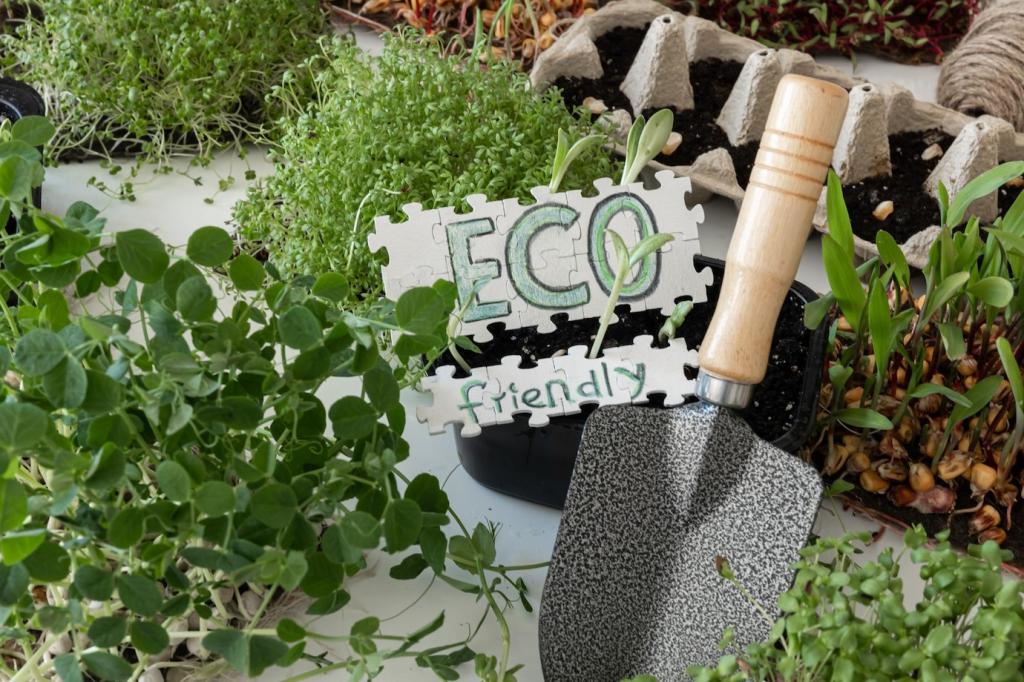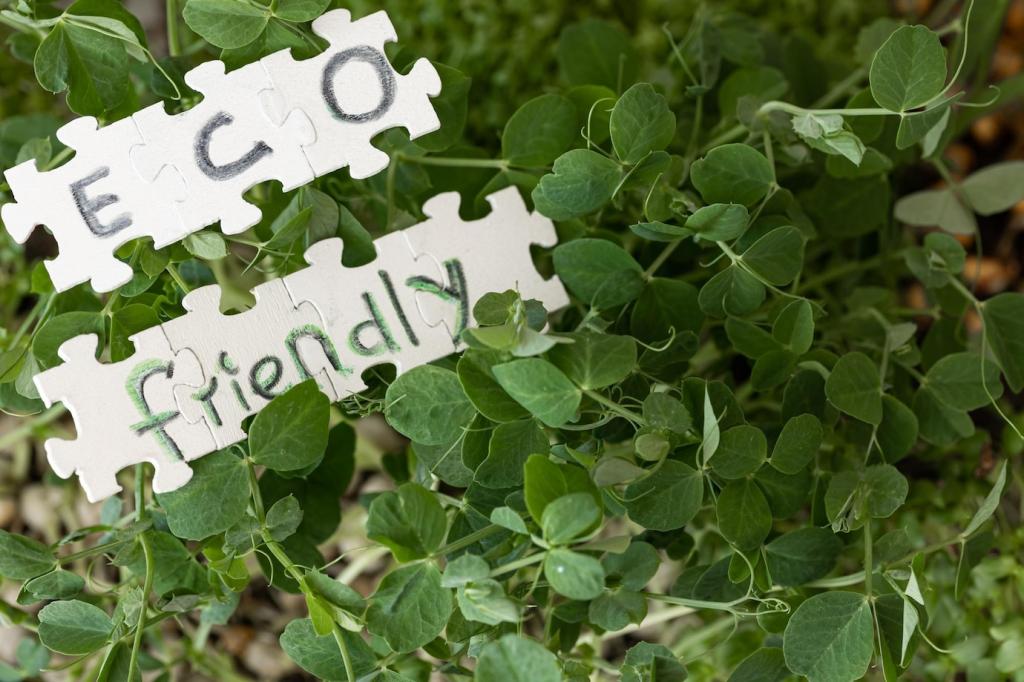What Makes Furniture Care Truly Eco-Friendly
Look for clear ingredient lists, low-VOC or VOC-free claims, and trusted certifications like EWG-verified, ECOLOGO, or USDA Certified Biobased. When labels avoid vague terms like “green,” you gain real transparency and peace of mind.
What Makes Furniture Care Truly Eco-Friendly
Plant-based surfactants, gentle solvents from citrus or sugarcane, and mineral-based abrasives can clean effectively without harsh residues. Favor biodegradable formulas and avoid chlorine bleach, ammonia, and synthetic dyes that add risk without benefit.
What Makes Furniture Care Truly Eco-Friendly
Beeswax, carnauba, and candelilla wax create a protective sheen while allowing wood to breathe. For oils, consider linseed or walnut derivatives, and always test in a discreet spot to prevent unexpected reactions.







